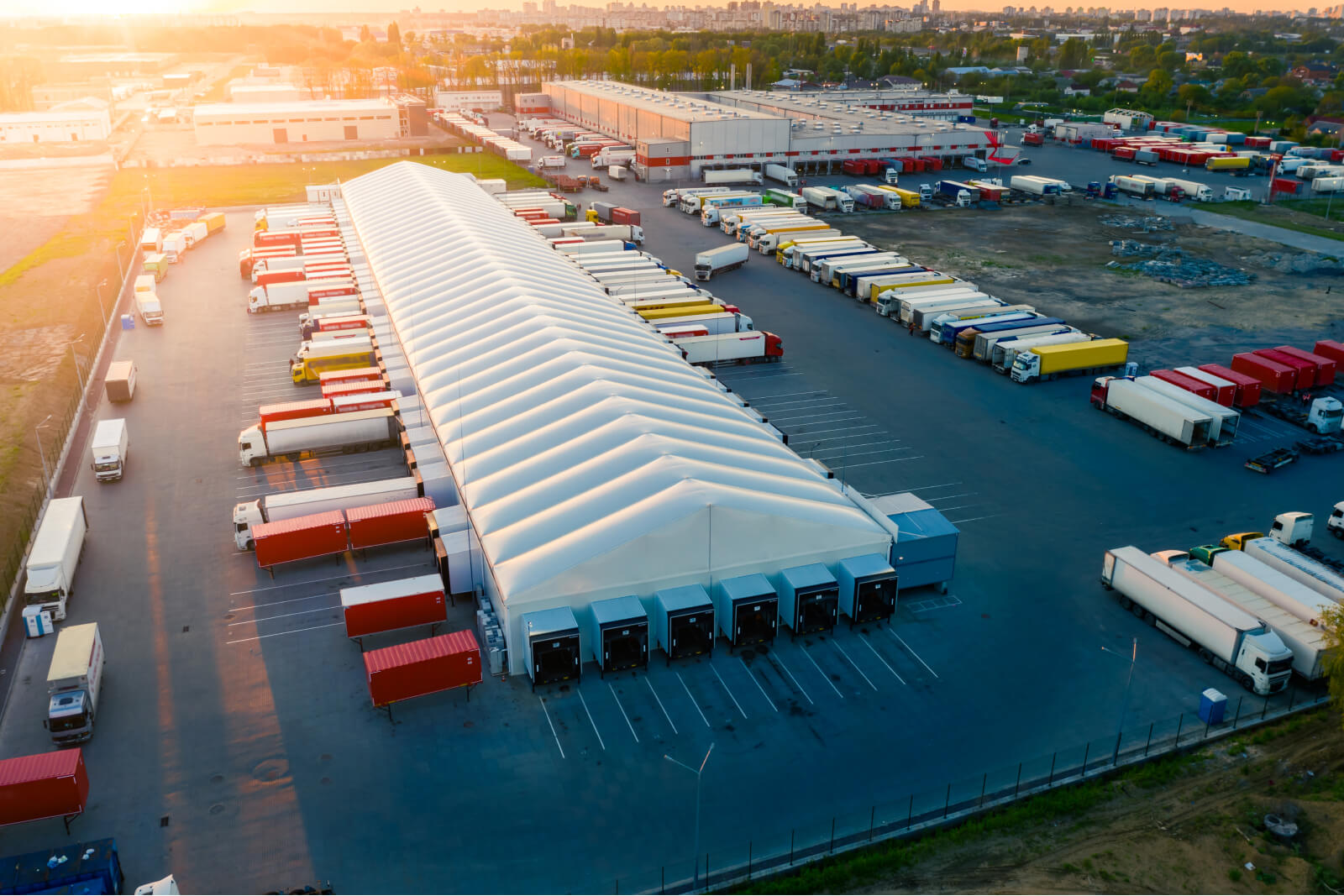
The Hidden Cost of Delaying Your Investment in a Yard Management System
Your yard sits at a critical junction between your transportation network and warehouse operations, blending the workstreams of two very different parts of your supply chain. Here, shipments can disappear in a sea of misplaced trailers, employee hours can be wasted on the wrong task, and detention fees can rapidly accumulate before you can recognize the problem.
For most of its existence, the yard has been governed by the sheer willpower of committed site managers and their staff. Relying on paper logs, tribal knowledge, and a little hope, they developed a fragile system that helped businesses get by until the advent of the yard management system (YMS), which finally digitized processes.
As yard management system offerings continue to grow and evolve, bringing new perspectives to an often-forgotten part of your supply chain system tech stack, the message is clear: digitizing the yard is a worthwhile investment. But it’s important to adopt a YMS that can actually make a difference in your daily operations, helping reduce costs and improve productivity.
You might have a TMS or WMS that provides a free yard management system as a part of its offering. As attractive as that might be, you’re likely leaving a lot of value on the table. These systems may leave you unsupported and underserved and force you to miss the opportunity to take early advantage of a rapidly evolving tech landscape.
A YMS should do more than help organize your yard; it should help you command it like a quarterback calling audibles at the line of scrimmage. The yard needs to be an agile place, meaning if you can’t coordinate teams and track their productivity, you’ve only digitized the post-it notes and paper logs without optimizing processes.
Take, for example, a yard with multiple spotters coordinating moves across a lot of dozens of trailers. Manual processes can create inefficiencies that can snowball throughout your day, undetected. This leads to excess mileage, less effective capacity, higher carbon dioxide emissions, and fewer daily moves. Best-of-breed yard management systems eliminate the guesswork, optimizing and automating the tasks across spotters. Tasks are assigned using different types of logic, including highest-impact auto assignments, proximity-based assignments, and manual assignments, which keep freight moving and spotters productive.
When selecting a YMS, make sure that it includes:
These key elements will help your teams break free from a system of behaviors that generate excess costs and build an environment focused on continuous improvement, efficiency gains, and growth.
Supply chain digitization brought with it a glut of data, creating a mountain of spreadsheets and analytics with little indication of how to use them. This has become an incredible challenge for businesses that, in a hurry to digitize operations, often don’t take the time to complete integrations and set up alerts that maximize the solution’s value—if those options are even available to them.
The same can be said about your yard management system. With so many integrations between your OMS, TMS, WMS, and RTTVP, there needs to be a way to distill and operationalize insights without them becoming a burden.
Think of your current yard operations. Your teams work off a schedule at the start of the day, building loads at docks, assuming each inbound truck will be on time. Integrating a time slot management system can give teams hours of advanced warning that a truck is running late, avoiding wasted labor and refocusing them on more productive tasks.
These inputs are crucial contexts that help teams understand and adapt to the supply chain influencing their daily operations. Investing in a YMS that can accept, comprehend, and use the other signals you’ve invested in throughout your supply chain is important.
Critical inputs to your YMS should include the following:
The best yard management system should be able to interoperate with your supply chain technology stack, ingest relevant information, blend it with on-the-ground insights, and help drive better real-time decision-making. If your YMS cannot integrate quickly and seamlessly within your supply chain operating environment, it does little to help teams improve their operations.
Think about the rapid development of technology in your warehouse. From pallet dimensioners to autonomous forklifts, technology within the four walls advanced at a surprising rate. The same thing is happening in the yard.
Suppose you’re stuck with a free YMS or even one of the older systems. In that case, these types of technologies are likely years from your reach, if not virtually impossible, as TMS and WMS providers focus resources on their core offerings. If you’re stuck with your free YMS, you could be missing out on some incredibly useful new technology, including:
And that’s just what’s on the horizon. Aligning with providers who can assess, integrate, and maintain these types of technologies can help shorten the adoption curve for your business and catapult your supply chain to years ahead of the competition.
Whether it’s the lack of dedicated support, limited functionality, or the inability to scale, free YMSs don’t offer much to help your business change how it operates and deliver meaningful value to your bottom line.
Your yard is an incredibly important part of your supply chain. Instead of relying on the perspectives of a TMS or WMS to manage your yard, consider investing in a yard management system solution that can consult, enable, and optimize your operations. With so much at stake and so much waste happening in the yard each year, choose a solution that can deliver fast time-to-value and a meaningful ROI while giving your associates a working environment they deserve and want to use.
If you’re stuck with a free YMS or you’re weighing the tradeoffs of investing in a solution that offers one, we’d love to have a conversation. Your yard is a unique part of your supply chain that deserves its own resources and investments, which can yield incredible value and performance benefits. To find out more, contact us at [email protected].